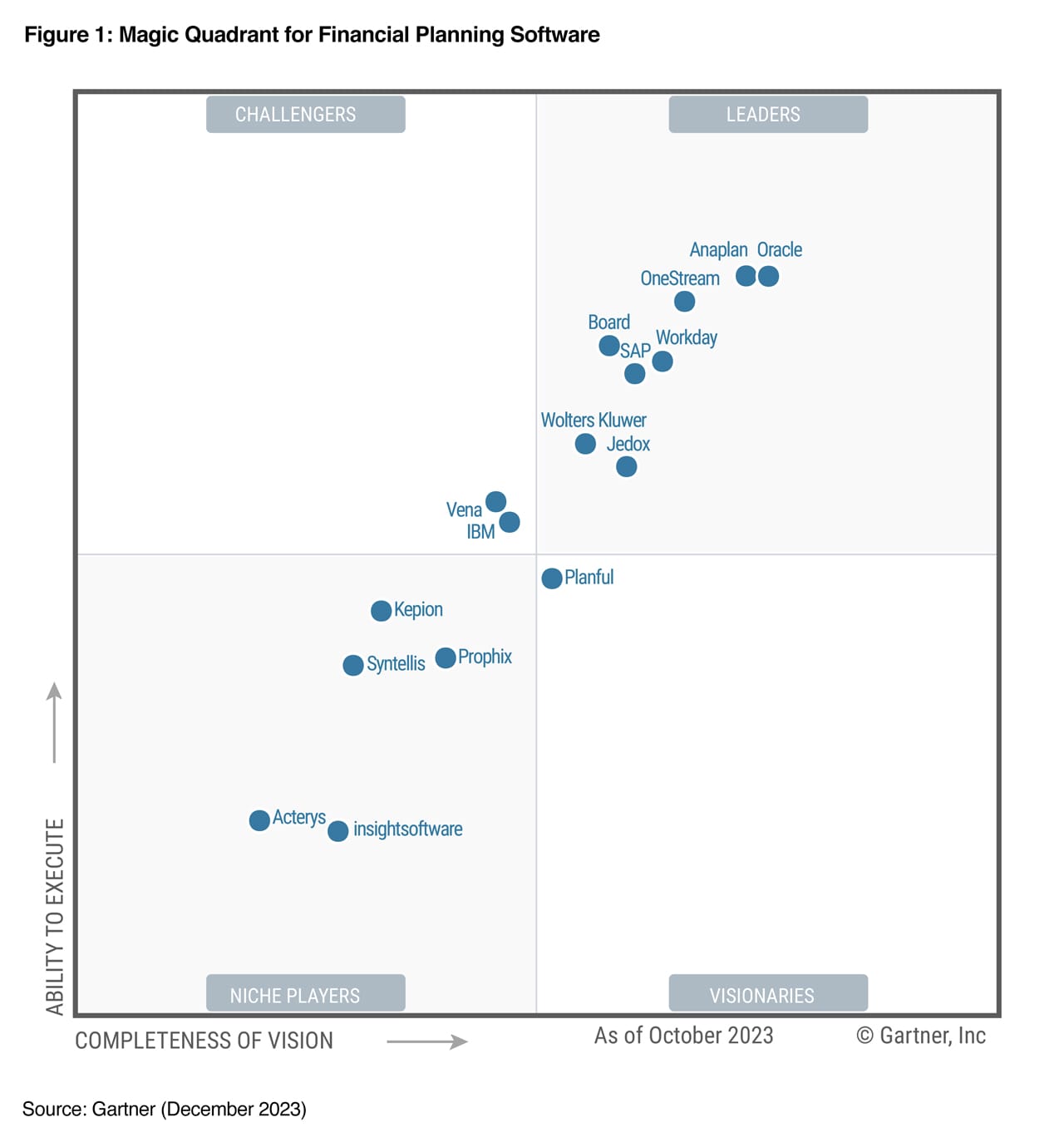Session 4: Reporting in Jedox Web
Lesson 6 – Publishing a Report Quickly
Description
You’ve completed the first three sessions of the Jedox Platform Basics course and feel confident with your understanding of the material covered, such as OLAP, using the Jedox Modeler, how to use existing data to create a theoretical data model, how to create a database, a dimension, add elements and attributes to a dimension, how to prepare an ad-hoc report, and how to create a subset.
Now that you have either your own data model at your disposal (such as one you created manually following the lessons in Session 2 or from an existing workbook using Data-Driven Modeling, as also covered in Session 2) or use one of the samples available with your free Jedox trial installation, you are ready to learn how to view the data stored in a cube in the Jedox Web front end. If you skipped reporting in Excel because you are more interested in using Jedox Web, please at least watch the lesson covering subsets, dynamic lists of elements, because you will need that knowledge to get the most out of this session. This session covers the basics of reporting in Jedox Web, which ought to feel intuitive given the similarities to Excel. Topics such as setting up the basic structure of your report, filling said report with data, as well as making your reports more dynamic by creating ComboBoxes, DynaRanges (which is why you need to know about subsets), charts, and publishing reports will be handled. Once you’re satisfied with a report, it’s time to release it. This lesson shows you how to publish that report quickly.
Learn More
Get familiar with Jedox as a platform by watching our Platform Basics course, where you can learn how to create ad-hoc reports, customized reports, and set up data models among other things. Check out the Jedox Blog for some great practical examples and our user documentation resource at the Jedox Knowledge Base.



